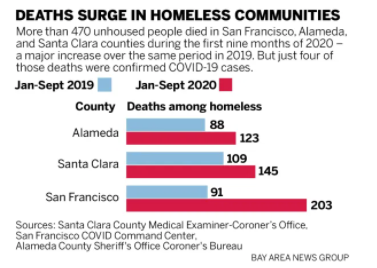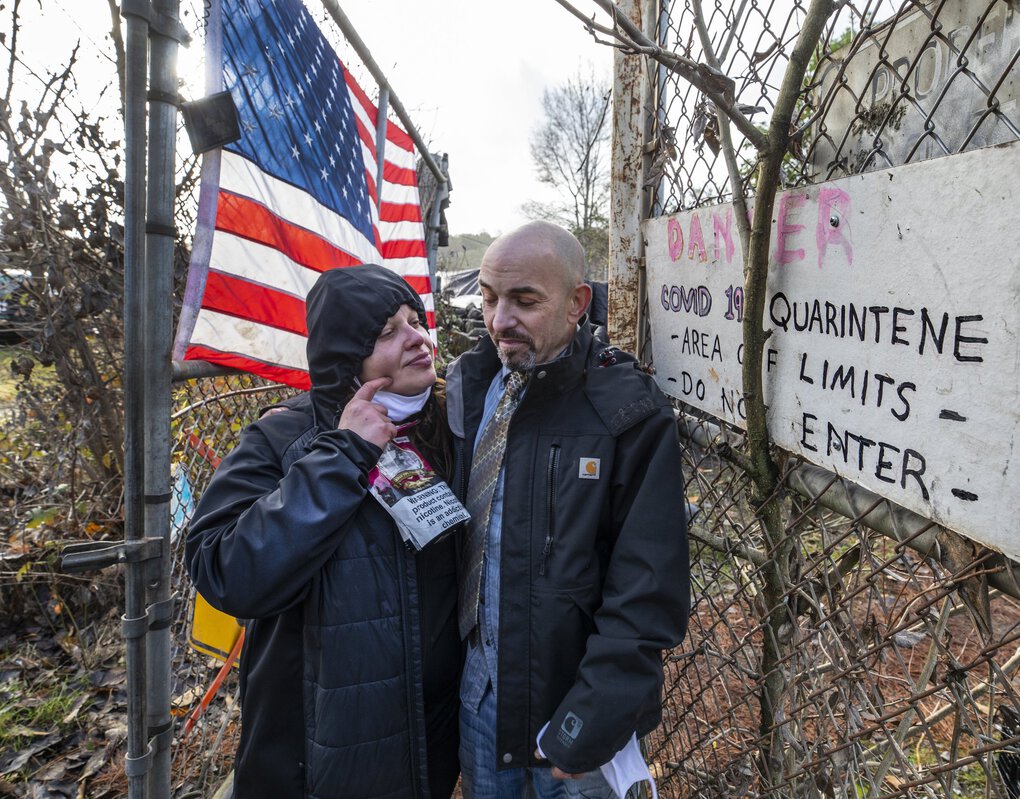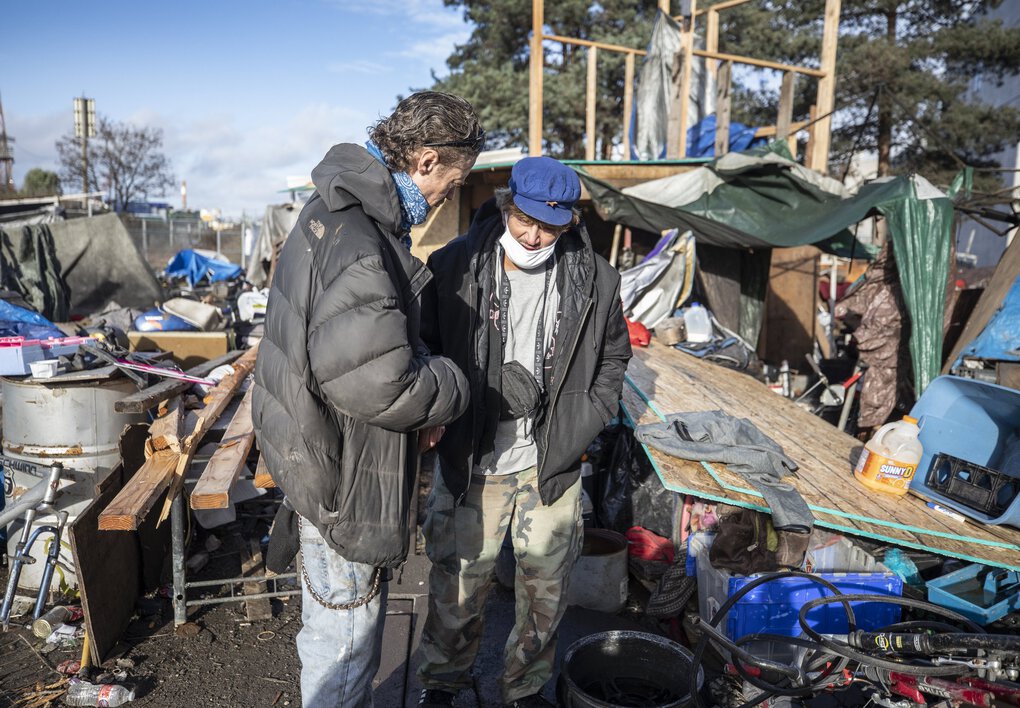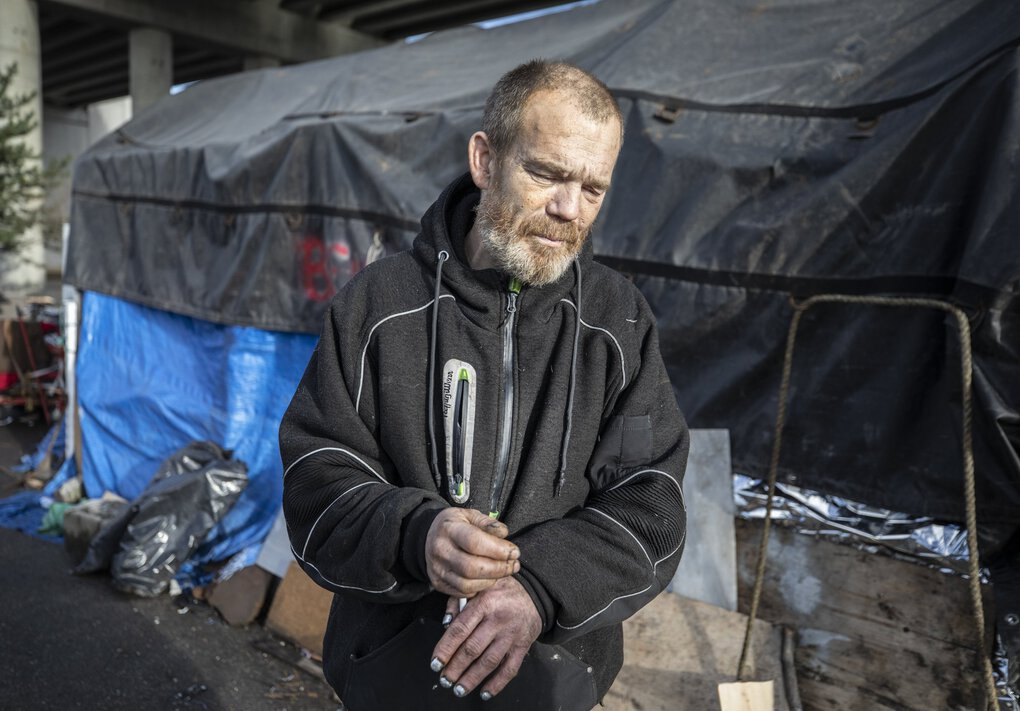Source
You sometimes hear about lawsuits that result in damage awards with enough zeros to make your mind spin. Millions. Billions.
Despite what some people think, filing a lawsuit is never a get-rich-quick scheme. A single lawsuit can take years to get through the courts, the litigation process is expensive and time-consuming. But in some situations, it’s the only way to get what you deserve if you’ve been injured, whether in a car accident, truck accident, slip and fall, workplace accident, toxic exposure, by a defective product or medical device, or by a pharmaceutical drug.
Prescription drugs are a great relief to many of us because they treat everything from minor infections to serious, life-threatening conditions. Sometimes the risks outweigh the benefits, and that’s a conversation each person needs to have with their doctor before beginning a new drug or treatment.
Often, when a drug is recalled or when lawsuits are filed, it’s because the manufacturer failed to warn doctors and patients about dangerous side-effects or long-term issues. When the manufacturer doesn’t share important risk information with doctors, the doctors can’t provide their patients with a clear picture of the risks and benefits. As a result, patients use a drug that they think will help them, but they can end up having serious health problems in the long term.
The subject of many of the largest drug lawsuit settlements to date is how companies have misrepresented the drugs and their uses to physicians. In many of these cases, the lawsuits were filed because drug manufacturers promoted their products for uses outside of the scope of FDA approval.
Why do pharmaceutical companies misrepresent drugs?
Put simply: money.
When a company can claim that a drug is used for more purposes than it’s actually approved for, it can sell more product. And, in some cases, these uses aren’t inherently unsafe — they’re just not approved by the FDA.
But sometimes they are unsafe.
Some of the cases involve drugs being prescribed at higher doses than recommended, and in other cases the drugs have yet to be tested in clinical trials.
This is like Big Pharma playing roulette with your health. Your doctor is acting in good faith and prescribing medications according to what the manufacturer specifies is correct. That’s why the manufacturers are the ones being sued — they’re misleading doctors and the public about how these drugs function and what they can do.
Fortunately, in recent years the negligent actions of pharmaceutical companies are being called into question and lawsuits have been filed. These settlements are huge, even for some of the largest pharmaceutical manufacturers in the world.
Pharmaceutical company settlement amounts
Let’s take a look at the top 10 pharmaceutical settlements, in order of dollar amounts (highest to lowest). These can include a combination of criminal fines and civil settlements:
| Company | Amount of penalties | Year |
|---|
| GlaxoSmithKline | $3 billion | 2012 |
| Pfizer | $2.3 billion | 2009 |
| Johnson & Johnson | $2.2 billion | 2013 |
| Abbott | $1.5 billion | 2012 |
| Eli Lilly | $1.42 billion | 2009 |
| Merck | $950 million | 2011 |
| Amgen | $762 million | 2012 |
| AstraZeneca | $520 million | 2010 |
| Actelion | $360 million | 2018 |
| Purdue Pharma | $270 million | 2019 |
Drugs: Paxil, Wellbutrin, Avandia
GlaxoSmithKline holds the dubious distinction of being forced to pay the largest health care fraud settlement in U.S. history. The criminal fine was $956,814,400 with a forfeiture of $43,185,600. $2 billion was paid to resolve civil liabilities under the False Claims Act.
The penalties are related to deceptive marketing, including off-label promotion and kickbacks, and failure to report safety data.
GSK agreed to pay based on:
- Promoting Paxil, Wellbutrin, Advair, Lamictal, and Zofran for off-label and non-covered uses, in addition to paying kickbacks to physicians for prescribing those drugs.
- Giving kickbacks to physicians for prescribing Imitrex, Lotronex, Flovent, and Valtrex.
- Making false and misleading statements about Avandia’s safety.
- False reporting to the Medicaid Drug Rebate Program.
Drugs: Bextra, Geodon, Zyvox, Lyrica
The criminal fine was $1.3 billion, and the additional $1 billion was for civil allegations under the False Claims Act. Pfizer falsely promoted Bextra, antipsychotic drug Geodon, antibiotic Zyvox, and antiepileptic Lyrica. The company was also accused of paying kickbacks related to these drugs and submitting false claims to government health care programs based on uses that weren’t medically accepted.
Bextra was pulled from the market in 2005 after it was deemed unsafe.
Drugs: Risperdal, Invega, Natrecor
Criminal fines and forfeiture totaled $485 million, and civil settlements amounted to $1.72 billion.
In the early 2000s, Risperdal was approved to treat schizophrenia. However, the company’s sales representatives were promoting the drug to physicians as a treatment for elderly dementia patients for anxiety, agitation, depression, hostility, and confusion. There were also allegations that Risperdal was marketed for other unapproved uses, such as prescription to children and individuals with mental disabilities.
Invega and Natrecor were also included in these lawsuits as having been illegally marketed for off-label and unapproved uses.
Drug: Depakote
Criminal fines in this action were $700 million and civil settlements were $800 million. Abbott promoted Depakote as a drug to control agitation and aggression in elderly dementia patients, and for schizophrenia. The FDA hadn’t approved the drug for either of these uses. For 8 years, the manufacturer marketed Depakote for this purpose in nursing homes, even though there wasn’t any evidence that the drug was safe and effective when used that way.
In fact, the FDA had approved Depakote for epileptic seizures, bipolar mania, and migraine treatment. The manufacturer had actually discontinued clinical trials of Depakote for dementia treatment in 1999 because of adverse events, yet they still continued to market it publicly.
Drug: Zyprexa (generic: olanzapine)
Eli Lilly promoted antipsychotic drug Zyprexa for uses outside the FDA’s approval, which resulted in criminal fines of $515 million and civil settlements of $800 million.
The FDA approved olanzapine in 1996 for treating psychotic disorders. It was later approved for treatment of manic episodes of bipolar disorder, and then for short-term treatment of schizophrenia. It was not approved for treatment of dementia or Alzheimer’s Disease.
However, Eli Lilly was marketing Zyprexa to primary care physicians even though it wasn’t a drug intended for the primary care market. As a result, physicians were prescribing it for patients of all ages for anxiety, irritability, depression, nausea, Alzheimer’s, and other issues.
Drugs: Vioxx (generic: rofecoxib)
The assessed penalties related to sales of Vioxx were $321,636,000 in criminal fines, $426,389,000 in civil settlements, and $201,975,000 distributed to Medicaid states.
The criminal component to the case related to Merck promoting Vioxx for treatment of rheumatoid arthritis when it wasn’t approved by the FDA for that use.
Drug: Aranesp
Amgen introduced Aranesp for uses and at dosage levels that the FDA specifically didn’t approve because there wasn’t enough evidence to establish its safety. Amgen introduced the drug for oncology and nephrology physicians to prescribe to patients with anemia from chronic kidney disease or chemotherapy. The doses were larger and less frequently administered than what the FDA had approved.
Amgen also promoted Aranesp for cancer patients with anemia but who weren’t receiving chemotherapy, which was not an FDA-approved use. In fact, the FDA had determined that using it in that manner could cause an increased risk of death.
Amgen paid a criminal fine of $136 million and criminal forfeiture of $14 million. It paid $612 million to the federal government and $24.8 million to the states as its civil settlements.
Drug: Seroquel
Seroquel is an antipsychotic drug manufactured by AstraZeneca that was approved in 1997 by the FDA for treatment of psychotic disorders. In 2000, that approval was proposed to be narrowed to short-term treatment of schizophrenia only. In 2004, it was narrowed to short-term treatment of acute manic episodes associated with bipolar disorder. It was later approved for bipolar depression.
However, during this time, the manufacturer was marketing the drug for additional uses like treatment of aggression, Alzheimer’s, anger management, anxiety, attention deficit hyperactivity disorder, bipolar maintenance, dementia, depression, mood disorder, post-traumatic stress disorder, and sleeplessness — even though the FDA hadn’t approved Seroquel for those uses.
In addition, AstraZeneca paid kickbacks to doctors for authoring articles about the drug being used in ways that weren’t approved.
Drug: Tracleer, Ventavis, Veletri, Opsumit
Each of these drugs is used to treat pulmonary arterial hypertension. Although the drugs are safe for patients to use, the manufacturer was sued because it violated the False Claims Act and Anti-Kickback Statute.
Actelion used a foundation to illegally pay copays for thousands of Medicare patients taking these drugs, which would also induce patients to buy them because the prices would be higher otherwise. It essentially set up a fund to cover copays of its own drugs, which undermines the Medicare copay structure which is designed to prevent drug price inflation. Actelion was then able to raise the price of Tracleer by nearly 30 times the overall rate of inflation.
10. Purdue Pharma, $270 million
Drug: OxyContin
Purdue Pharma has been accused of playing a role in the U.S. opioid epidemic. A recent settlement, which was with the state of Oklahoma, acknowledges that the manufacturer didn’t adequately warn physicians and the public about the risks of becoming addicted to OxyContin.
The settlement will go toward funding treatment centers, reimbursing the state for its related expenses, and medicine for addiction treatment.




